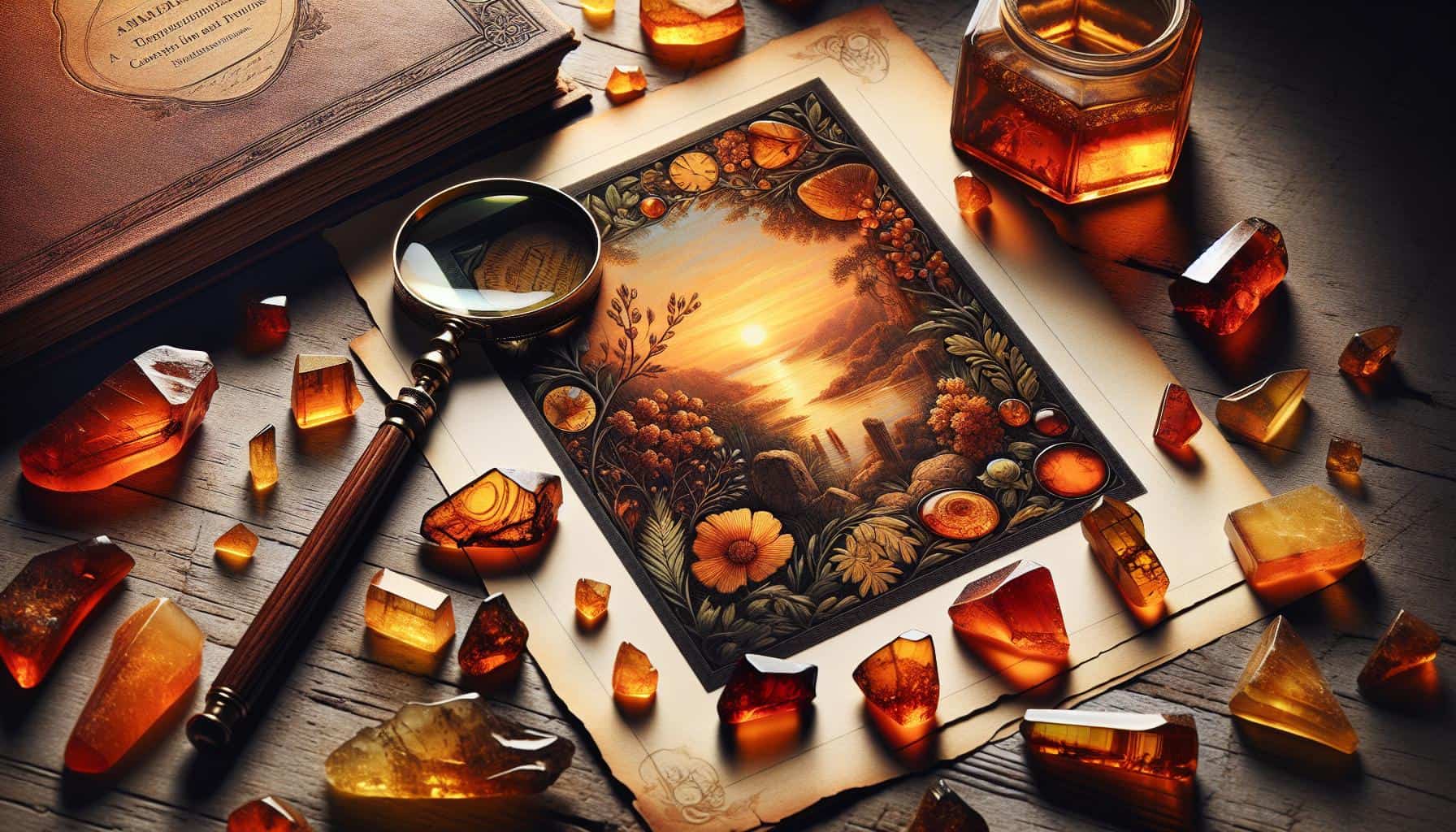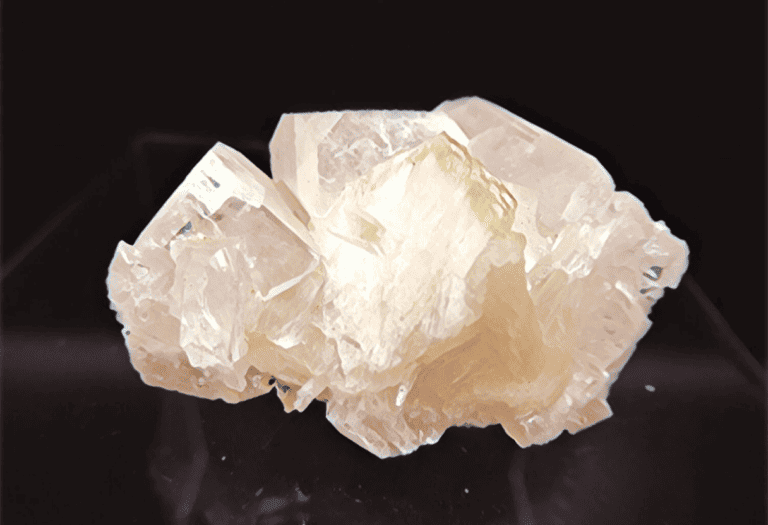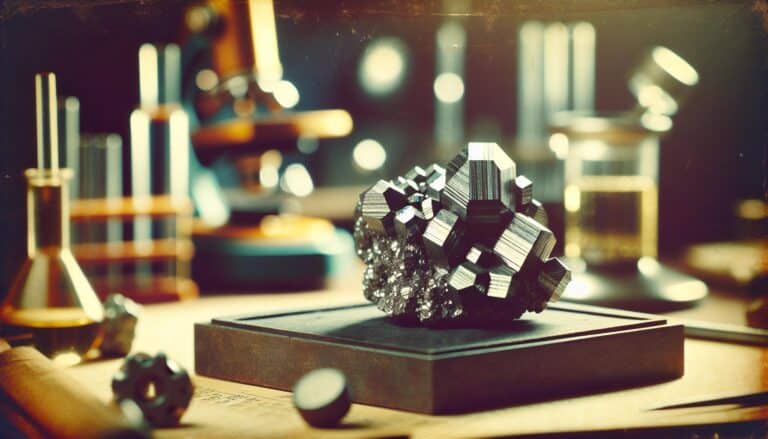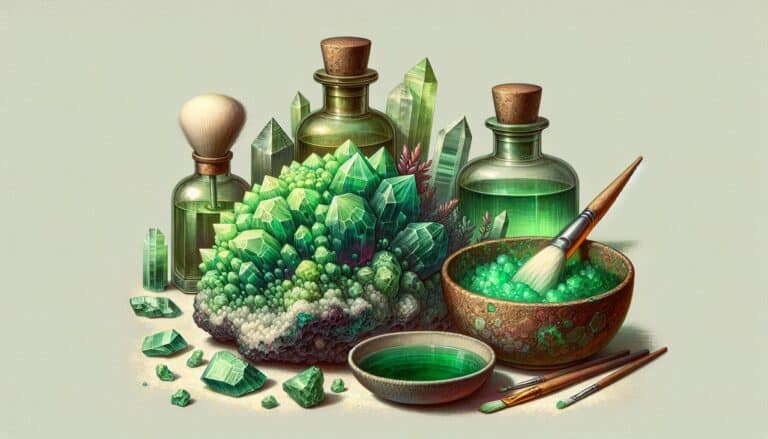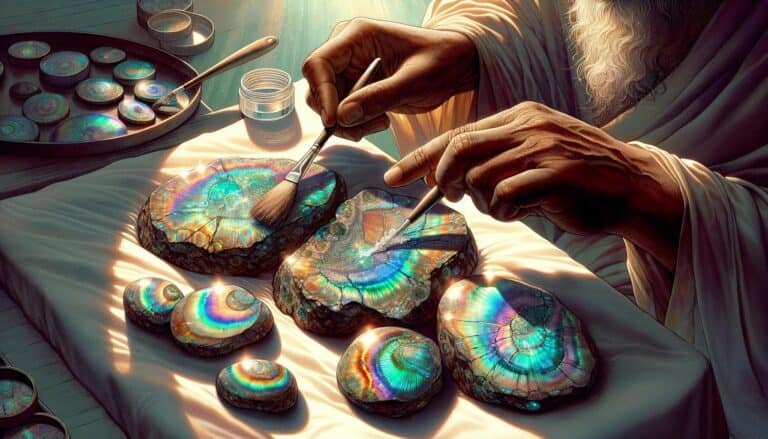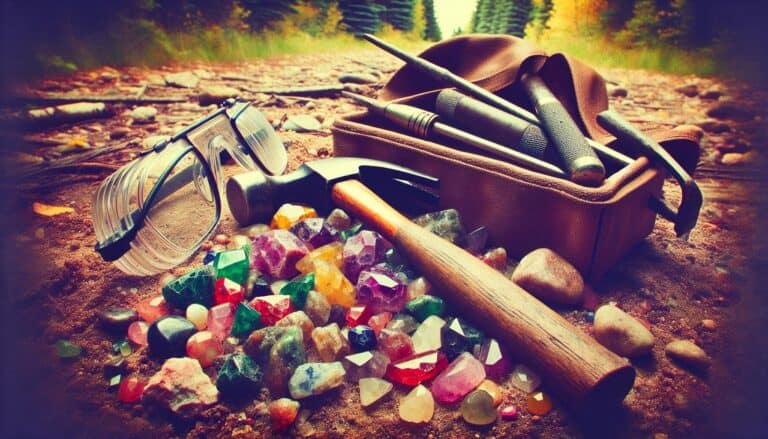Ever wondered about the value of that golden-hued gemstone, amber, that’s been catching your eye?
You’re not alone. Amber’s worth can be as intriguing as its ancient origins, with prices that vary as widely as the colors and natural inclusions found within this fossilized resin.
Determining amber’s value isn’t as straightforward as you might think. It’s not just about the size or the hue; factors like age, rarity, and even the type of inclusions play a critical role.
Whether you’re a collector, a jewelry enthusiast, or simply curious, understanding amber’s worth is a fascinating journey into the past.
The value of amber depends on color, clarity, and inclusions. Rare colors like blue or green, and unique inclusions like insects, enhance its worth. Origin also plays a role, with Baltic amber often prized. Market demand and availability, alongside historical significance, influence amber prices.
What Is Amber?
Amber is not your typical gemstone; it’s a window into the prehistoric world. This fossilized tree resin has been on Earth for millions of years, capturing the imagination of humans for centuries. Unlike minerals that are hard and crystalline, amber is organic, derived from the sap of ancient trees that solidified over time.
Ancient forests are the source of this gem. Over time, the sap that oozed from these forests endured long processes of pressurization and oxidation, resulting in the golden to orange hues that you recognize as amber today. It is intriguing to note that amber is warm to the touch compared to the cool feel of other gemstones, a feature that adds to its unique charm.
Scientists have discovered amber deposits dating back 40 to 60 million years, but the resin has to be at least 1 million years old to be officially classified as amber. Younger resins are called copal and differ in terms of their chemical structure, durability, and value.
The Diversity in Amber
You’ll be amazed by the diversity found in amber. Its color palette extends beyond the typical golden shades. You can find:
- Creamy white to pale lemon
- Rich cherry red
- Dark brown
- Rare blue and green variations
These colors can affect the value and appeal, making certain types highly sought after by collectors. But the true marvels are the inclusions that occasionally feature within amber. Perfectly preserved plants, insects, and even small reptiles become encapsulated, allowing a unique glimpse of ancient ecologies. These inclusions can transform a seemingly ordinary piece of amber into an invaluable artifact that tells a story millions of years old.
Amber Prices: Factors That Affect Value
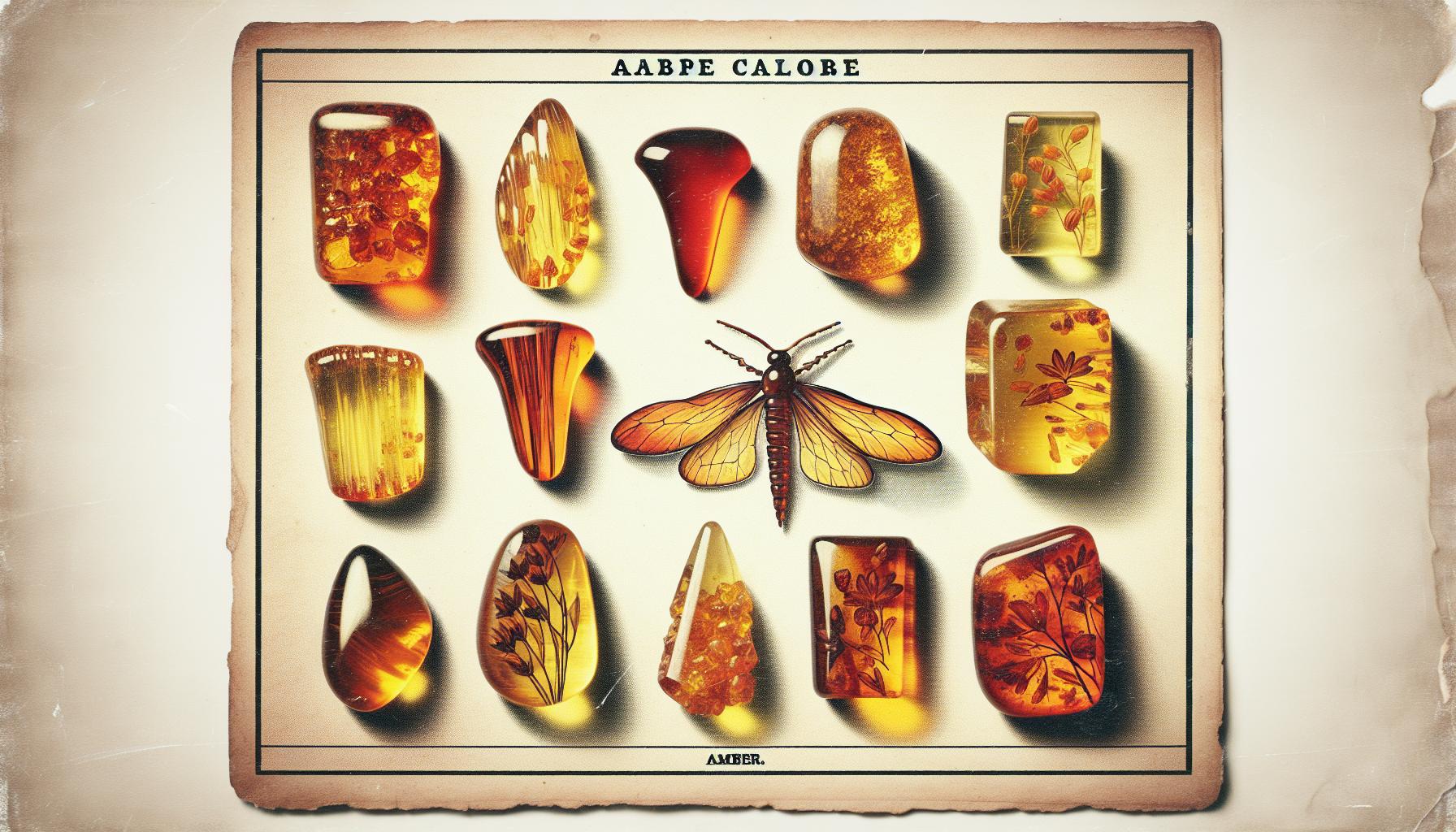
Amber’s worth can vary significantly, and various factors come into play when assessing its value. Understanding these nuances will help you gauge the worth of an amber piece more accurately.
Color, Clarity, and Cut Quality
The color of amber can have a substantial impact on its price. Rare colors like blue and green are typically more valued than the common yellow and brown hues. High demand for these unusual colors can drive prices up, especially when the supply is limited.
Clarity is another vital aspect. Amber with less cloudiness and fewer impurities often fetches higher prices. However, it’s not just about being clear; the presence of inclusions like ancient insects or plant matter can make the piece more desirable and valuable, contributing to its uniqueness.
The cut also plays a significant role. A well-cut piece of amber will display its best features, enhancing visual appeal and thus the value.
Market Demand and Availability
The amber market operates on the basic principles of economics—demand and supply. When there’s a surge in demand but the availability is low, amber prices are likely to increase. Factors such as geopolitical stability in amber-producing regions directly affect availability, consequently influencing market prices.
Moreover, the market is also driven by trends. For instance, if a celebrity is seen wearing an amber necklace, demand might spike as fans clamor to get a similar look, boosting the gemstone’s market value.
Understanding these market dynamics will serve you well when you’re looking to buy or sell amber. Keep an eye on current trends and availability, and consider how these factors may impact the value of your amber artifacts.
Remember, each amber piece is unique, and so is its worth. While it’s essential to consider general guidelines on value, the final price will often come down to the piece’s individual characteristics and the story it tells.
Understanding Amber: A Rare Gem
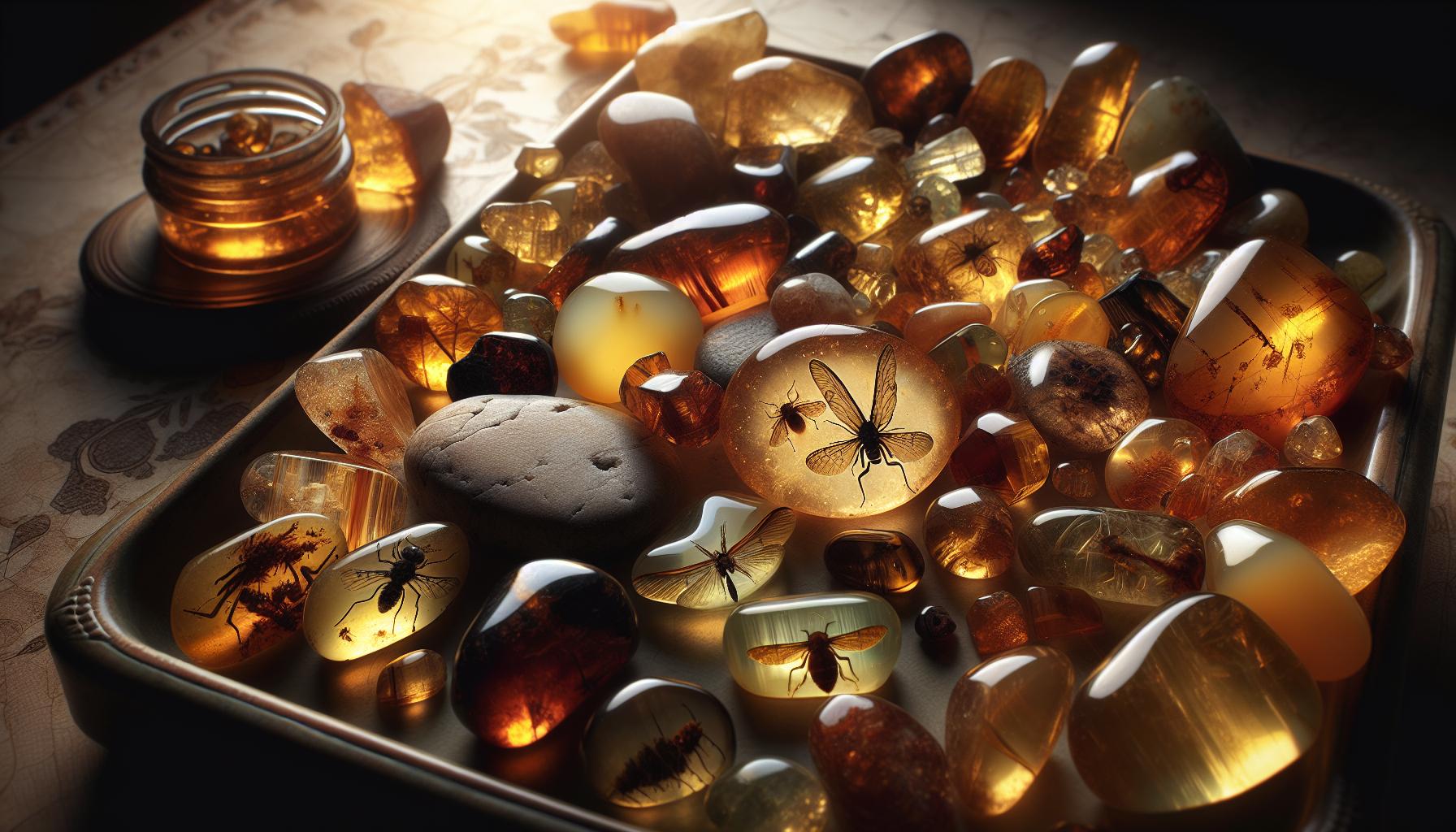
The Rarity of Amber
You might be surprised to learn that amber is not a gemstone in the traditional sense. Instead, it’s fossilized tree resin, with its formation process taking millions of years. Due to this lengthy and complex process, genuine amber is relatively rare, especially when looking for varieties that contain perfectly preserved organic matter, such as insects or leaves.
This scarcity contributes significantly to amber’s value. With each passing year, finding large, high-quality amber pieces becomes more challenging, as many of the easily accessible deposits have already been exhausted. High demand for unique and well-preserved amber specimens only adds to its rarity and desirability in the marketplace.
The Baltic region holds the title for producing some of the most sought-after amber, known as Baltic amber. It’s estimated that these beaches supply approximately 90% of the world’s amber, making its provenance a key marker of authenticity and value.
Origins and Characteristics
Amber’s journey starts millions of years ago with the resin oozing from prehistoric trees. Over time, this resin becomes buried and hardens through a process of polymerization and oxidization, ultimately forming what we refer to as amber. This natural phenomenon means that amber’s traits vary widely depending on its environmental and geological conditions during formation.
Key characteristics include:
- Color: Amber ranges from a pale yellow to a rich, dark brown. There are also rare blue and green varieties that fetch even higher prices.
- Transparency: Some amber is completely transparent while others are opaque, influencing both aesthetics and value.
- Inclusions: The presence of insects, plants, or air bubbles can transform a simple amber piece into a captivating snapshot of prehistoric life.
It’s fascinating to understand that these differences in characteristics can drastically affect the worth of an amber piece. The precise conditions under which it formed—like the type of tree that produced the resin, the climate of the era, and the geological events that buried it—have all played a role in shaping the unique qualities of each amber find.
Taking a closer look at the origins and characteristics of amber not only helps you appreciate its history but also allows you to recognize features that could determine its market value. As you delve into the world of amber, you’ll begin to see why it’s so much more than just another gem—it’s a rare and historic piece of Earth’s legacy.
Amber Grading and Valuation
The Grading System for Amber
When you’re delving into the world of amber, understanding its grading system is crucial. Amber grades can range from highly transparent to opaque, and each grade has a significant impact on its worth. The scale often begins with AAA, reflecting the most transparent and flawless specimens, and moves down to A or B grades for those pieces with inclusions or cloudier appearances. The pristine the amber, typically the higher its value.
Amber grades typically reflect:
- Transparency: Clear amber is often more valued than opaque.
- Color: While all natural colors of amber are valuable, certain hues like blue or green are rarer and more coveted.
- Inclusions: Insects or plant material trapped inside can either raise or lower the value depending on rarity and clarity.
- Size and shape: Larger pieces and natural, aesthetically pleasing shapes tend to garner higher prices.
Certification and Appraisal
To authenticate and assess amber’s value, you might seek professional certification or appraisal. A certificate of authenticity is often paramount when selling or insuring amber. Reputable institutions can provide certificates that verify an amber piece’s natural origin and grade. Appraisals, on the other hand, can give you a market value estimate based on current trends and comparative sales.
Key aspects of certification and appraisal include:
- Expert analysis: Specialists examine for authenticity, inclusions, and treatments.
- Laboratory tests: To exclude synthetic or treated ambers.
- Market valuation: Setting a price based on comparisons with similar pieces.
- Documenting characteristics and providing an official written appraisal or certification.
Remember, prices in the amber market are fluid, influenced by fashion trends and the availability of this natural gemstone. Quality certification and a thorough appraisal not only give peace of mind but also ensure you’re well-informed about the exact worth of your amber.
Current Market Trends in Amber Pricing
Understanding current market trends in amber pricing is crucial for any potential buyer or seller. As with any commodity, the value of amber fluctuates due to a variety of factors that influence its demand and supply.
In recent years, there’s been a marked increase in interest towards natural and holistic remedies. Consequently, amber, particularly that with inclusions, has seen an uptick in price. Collectors and enthusiasts are willing to pay a premium for pieces that boast unique organic materials captured millions of years ago.
The spotlight on Baltic amber hasn’t dimmed. Renowned for its quality, this type of amber often commands higher prices, especially when it carries historical significance or is sourced from older, less available deposits. New mines and sources can cause temporary dips in prices due to increased availability. However, these are generally short-lived as the allure of rare amber maintains its high value.
Shifting focus to fashion, amber jewelry trends also steer the market. Designers incorporating amber into modern wearable art can lead to surges in interest and subsequently, elevate prices. Meanwhile, the traditional use of amber in cultural ornaments continues to preserve its worth in specific markets.
The digital age also plays a part. Online marketplaces have expanded the reach of amber sellers, creating a global platform for transactions. While this boosts accessibility, it also increases competition, which may lead to more variable pricing. It’s important to stay informed about the current trends on such platforms.
Here’s a quick look at the average prices for different grades of amber:
| Grade of Amber | Average Price (USD) |
|---|---|
| Highly Transparent | $100 – $150/g |
| Semi-Transparent | $50 – $100/g |
| Opaque | $20 – $50/g |
Remember that the size and craftsmanship of amber pieces also play a pivotal role, not just in aesthetics, but in their market value. Larger, well-crafted pieces often fetch higher prices, while smaller, less distinct items are more affordable. Keep an eye on auction results and dealer prices as they provide strong indicators of where amber pricing is heading.
Prices are subject to change based on current market conditions.
The Most Expensive Amber
When scouting for amber, you’ll quickly find that some pieces reach astronomical prices. Exceptionally rare amber can fetch a small fortune, especially if it contains unique or prehistoric inclusions. These treasures of the past hold not only scientific value but are highly sought-after collector’s items, making them much more valuable than standard samples.
Notable sales have thrust amber into the limelight, attracting attention from collectors and investors alike. For example, blue amber, a rare variant mainly found in the Dominican Republic, is considered among the most valuable. Its unique blue hue, visible under natural sunlight, can command prices that’ll make your jaw drop.
Price determination for top-tier amber comes down to several key factors:
- The presence and quality of inclusions; perfectly preserved organisms or plant matter can remarkably increase the value.
- The color and clarity of the amber; transparency and rarity of color can spike the price.
- Size matters; larger pieces with aesthetic appeal or that contain significant inclusions are valued more.
Historical pieces have set records at auctions. For instance, an amber necklace from the Jurassic era might be valued in the hundreds of thousands. The appeal of these pieces isn’t only their historical significance but the story they tell, with every inclusion being a character in a tale millions of years old.
There’s also a thriving market for amber art pieces. Masterfully crafted sculptures or objects of art that feature amber need skilled artisans’ touch. These items are typically evaluated based on the artistry involved, the size and quality of the amber used, and their historical provenance.
Stay abreast of auction results and offers from prestigious sellers to understand the bench-setting prices for the pinnacle of amber collections. Remember, the amber with the highest worth always has something exceptional about it, be it an inclusion that captivates scientists or a color that enchants with its natural rarity.
Buying Amber: Tips and Recommendations
Where to Purchase High-Quality Amber
When you’re on the hunt for high-quality amber, the “where” is just as important as the “what.” Reputable dealers and specialized stores are typically the safest bets for finding authentic pieces. Look for sellers with established credibility, such as those who are members of reputable trade associations. Jewelers and antique stores often carry a selection of amber, but it’s crucial to look for ones that specialize in gemstones or fossils to ensure they understand the intricacies of amber.
Online marketplaces have a broad selection, but they require a keen eye. Read reviews, check the seller’s return policy, and look for clear, detailed photos. Art and craft fairs can be excellent places to discover unique amber pieces and connect directly with artisans.
For those who prefer in-person shopping experiences, gemstone expos and tradeshows offer the chance to see the amber up close, where you can examine color and clarity firsthand. They also provide the opportunity to ask sellers directly about the origin and history of the piece you’re interested in.
Ensuring Authenticity and Value
To ensure you’re getting the real deal, there are several factors you should consider. Start by asking for a certificate of authenticity when buying amber, especially for more significant investments. This can verify that the amber is genuine and provide details on any treatments it might have undergone.
Conduct a few simple tests to check if a piece is real:
- The saltwater test: Real amber floats in a solution of saltwater, while most fakes will sink.
- The UV test: Amber will typically fluoresce under UV light.
Remember, these tests are not foolproof and, if you’re not confident, always seek a second opinion. Professional appraisals can be worth the extra cost as they’ll give you an unbiased assessment of the piece’s authenticity and value.
Keep an eye on the condition of the amber you’re considering. Cracks, chips, or an abundance of inclusions can affect the value, though sometimes inclusions, especially those with prehistoric insects, can actually increase the worth. In any case, make sure you’re paying for what you’re getting, balancing the amber’s physical qualities with its historical significance if applicable.
Investing in amber can be both a financial and an aesthetic pleasure. By combining rigorous research, careful buying practices, and a love for the stone’s natural beauty, you’ll find pieces that fulfill your desires for both adornment and investment. Remember, the value of amber is as much in its rich history and unique characteristics as it is in its price tag.
Conclusion: Buying & Selling Amber
You now understand that amber’s value extends beyond its monetary price. It’s about the rich history and unique properties that make each piece one-of-a-kind.
Remember, when you’re on the hunt for this golden gem, trust in reputable dealers and insist on authenticity to ensure you’re making a wise investment. Whether you’re adding to your collection or buying your first piece, the true worth of amber is found in its timeless appeal and the joy it brings to those who appreciate its natural beauty.
Keep these tips in mind, and you’re sure to find amber that resonates with both your personal taste and your budget.

